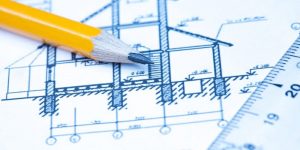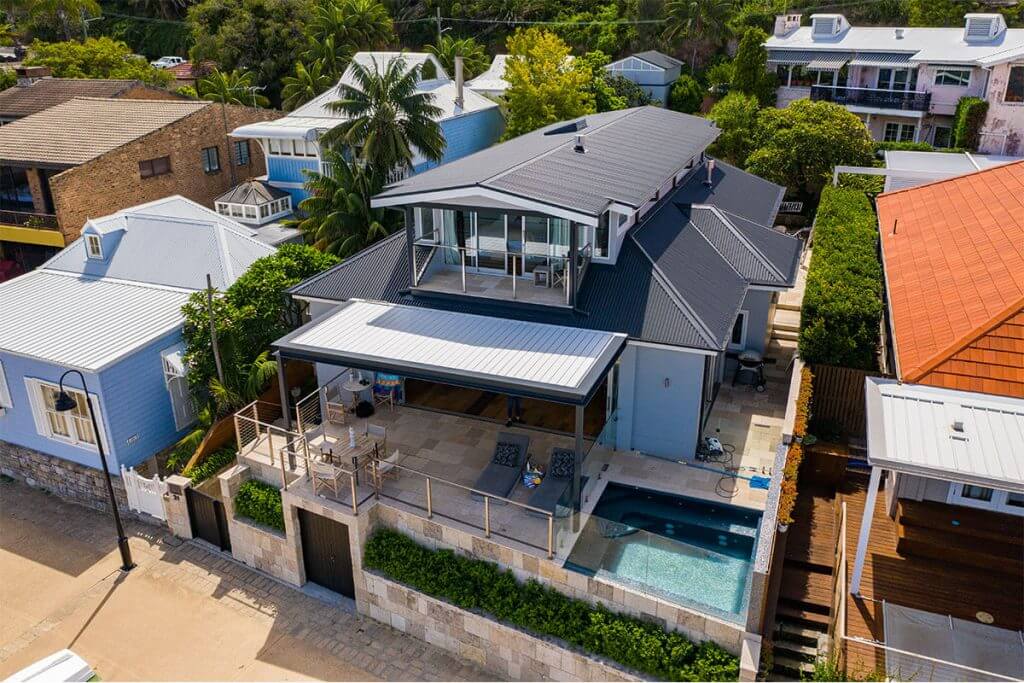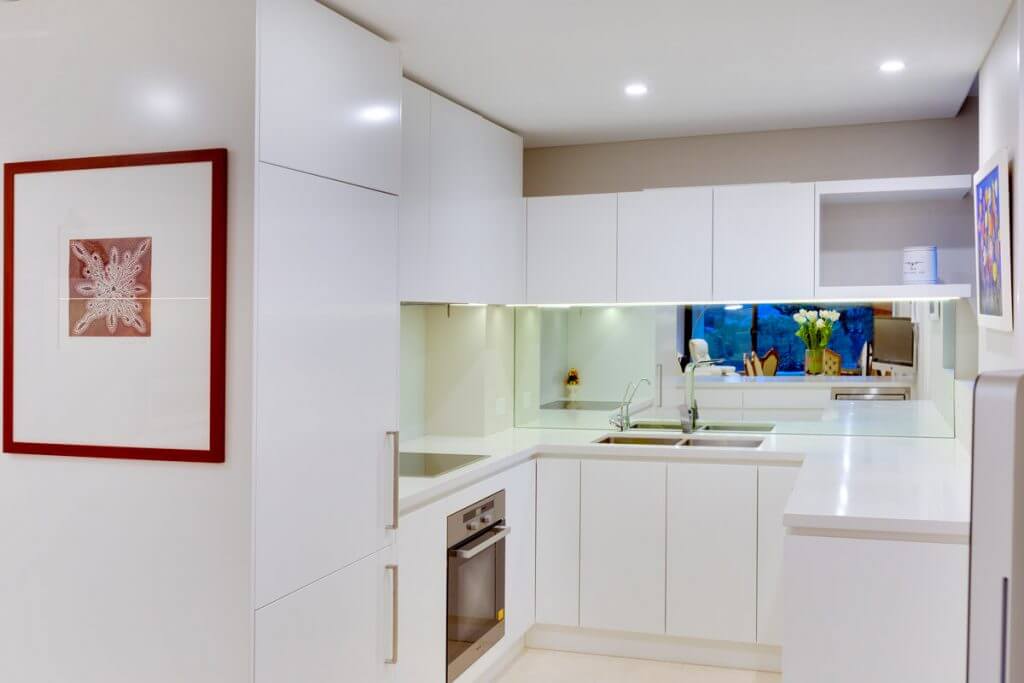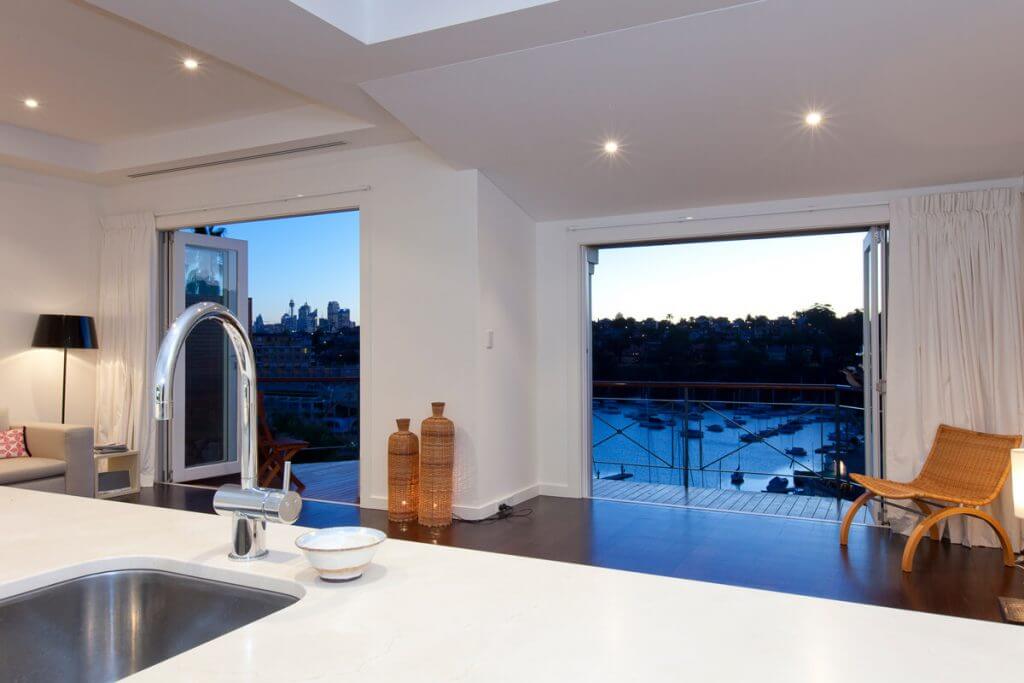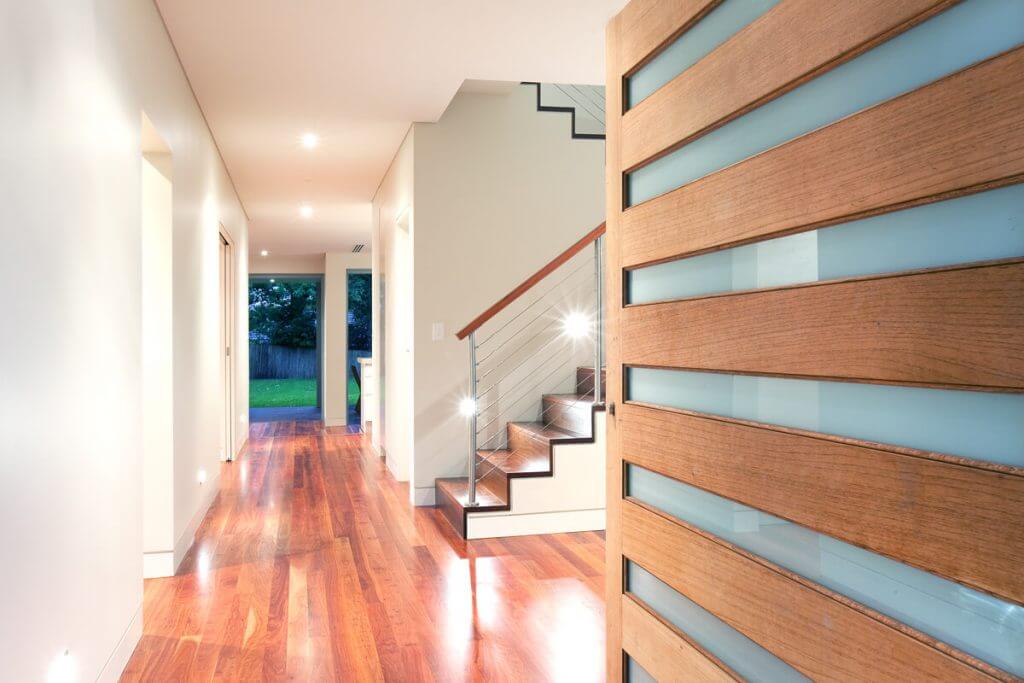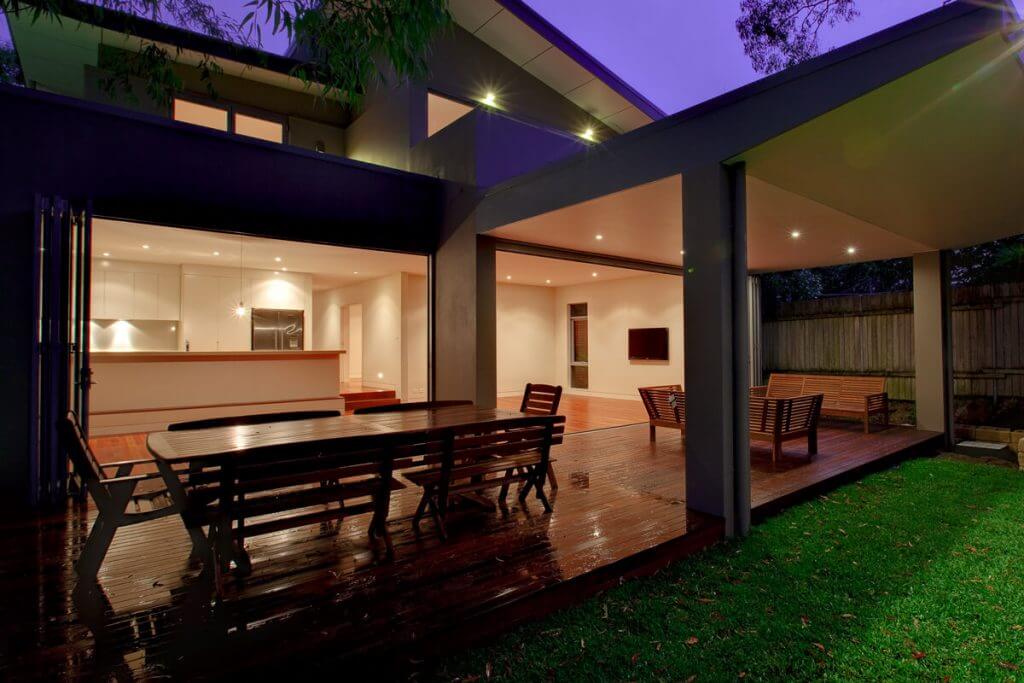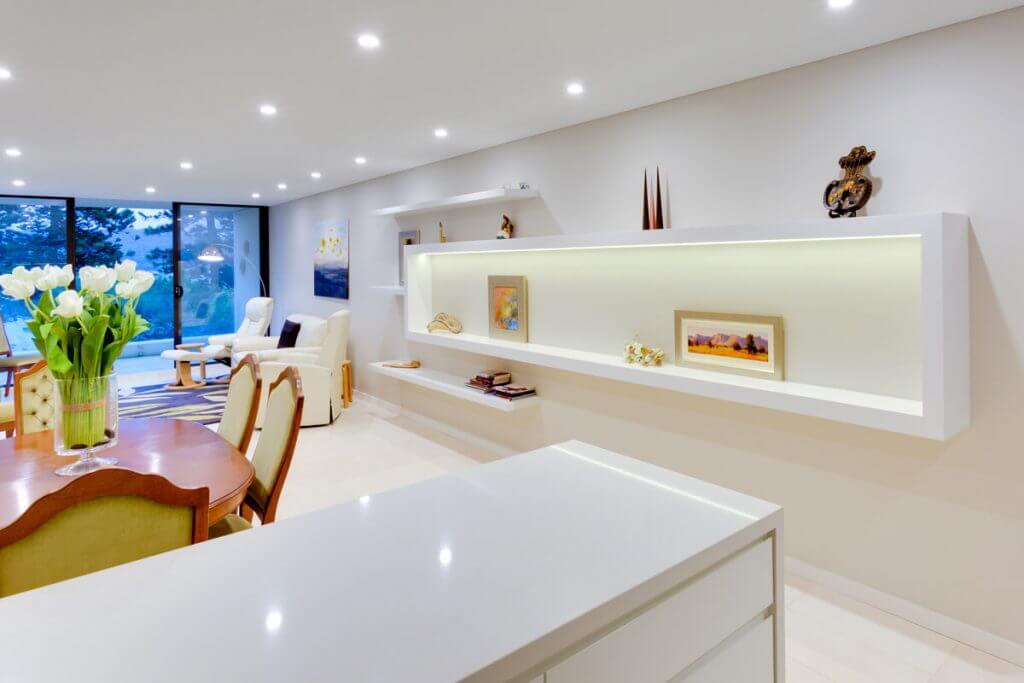Sustainable design – How to cut your home’s future running costs when renovating.
Climate change has undoubtedly been the main headline this year with sustainability a leading design trend of 2019. We are all looking at ways to live better and reduce the impact we have on our environment.
A major renovation presents a great opportunity to boost your home’s sustainability credentials, reduce your carbon footprint and cut your home’s future running costs. By taking a sustainable design approach, you’ll get that extra space you need without costing the earth.
So, what is sustainable design?
Sustainable design makes efficient use of energy and resources with minimal impact on the environment. It focuses on reducing the consumption of non-renewable resources, minimising waste, conserving water and using bio-degradable and recycled materials. The result? A home that is safe, comfortable and healthy for its occupants and the environment.
What are some ways we can use sustainable design in our renovation?
Passive design
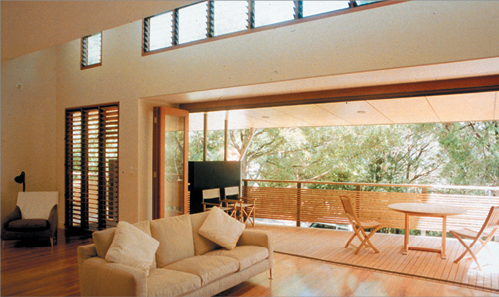
An essential design approach for building sustainability in a home is passive design. It makes the best use of natural sources of heating, cooling and ventilation to maintain a comfortable temperature in the home throughout the seasons. It’s estimated that you can cut your home home’s running costs by 40% as it reduces the need for auxiliary heating or cooling such as air-conditioning.
Working with the sun as it changes position throughout the seasons is the critical part of passive design. Windows that face the north can draw in the sun in the winter months, and during summer, when the sun is high, eaves can protect from the harsh rays. A good crossflow of ventilation can flush out the hot air, and if you live near the coast, you can maximise the cooling sea breeze. Consider Louvre windows to maximise the ventilation.
_______
Insulation
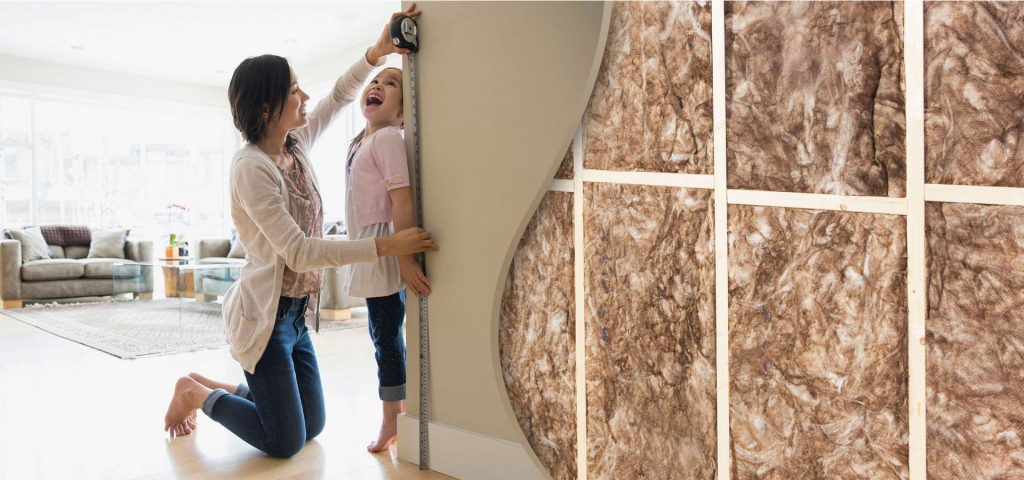
Adequate insulation is critical to thermal design. In winter, our homes lose their heat out of the roof while in our hot Australian summers, without insulation in the walls, we have no protection against the heat. Insulating both the walls and the roof is a must for building an energy-efficient home.
Insulation can be installed in a lot more places than just the walls and roof. It can also be added under concrete slabs on the ground, under floor coverings and even under verandah roofs. There are many different types of sustainable insulating materials and your design and build team will be able to steer you in the right direction.
_______
Sealing
Choice.com.au says draughts can account for up to 25% of heat loss from a home in winter. In fact, Australian buildings leak warm or cold air two to four times more than our friends’ houses in Europe.
Doors and windows should be adequately sealed and when designing, weigh up the pros and cons of skylights and downlights. Skylights provide welcoming natural light but also let heat escape. They can also be tricky to seal effectively. Downlights look great and are handy for low ceilings, but they draw heat up into the ceiling. Fire laws state that insulation can’t cover the downlights creating an unwanted uninsulated patch of roof.
_______
Water conservation

A devastating drought has gripped NSW, and water conservation is always a hot topic for Australians. You can do your bit for water sustainability by harvesting rainwater. Build tanks to collect rainwater (when it does rain) for use in bathrooms and of course, the garden. By using rainwater in and around your home will also help to reduce the wastage of piped water. Also, consider installing low flush toilets and lockable taps.
_______
Recycled materials
Think re-using and re-purposing and go one step further and look for sustainably harvested materials. Consider timber, steel, stone, earth and cement that has been salvaged, and look for materials that have a high recycled content. Low toxicity is vital for both the occupants of your home and the environment and choose products that are low in toxic volatile organic compounds (VOC).
If you really want to do the best for the environment, source local recycled materials. International materials require a lot of transportation. By purchasing domestic materials, our local economies will benefit, and you’ll be doing Mother Earth a good turn by actively reducing carbon emissions.
Good designers will always design to suit the environment. They will consider orientation to the sun, landform, site features and views, natural ventilation, shading, thermal mass, prevailing winds, noise pollution, water and solar collection along with other sustainable considerations. If a sustainable renovation is a primary focus for you, look for a design and build team who are knowledgeable in this area with past jobs to share with you.
Extending or renovating? Our talented design and build team at The Perfect Space can transform your home and your lifestyle with stunning architectural solutions and inspired functional design. Call us today on 02 9907 4568 and book your free consultation.

